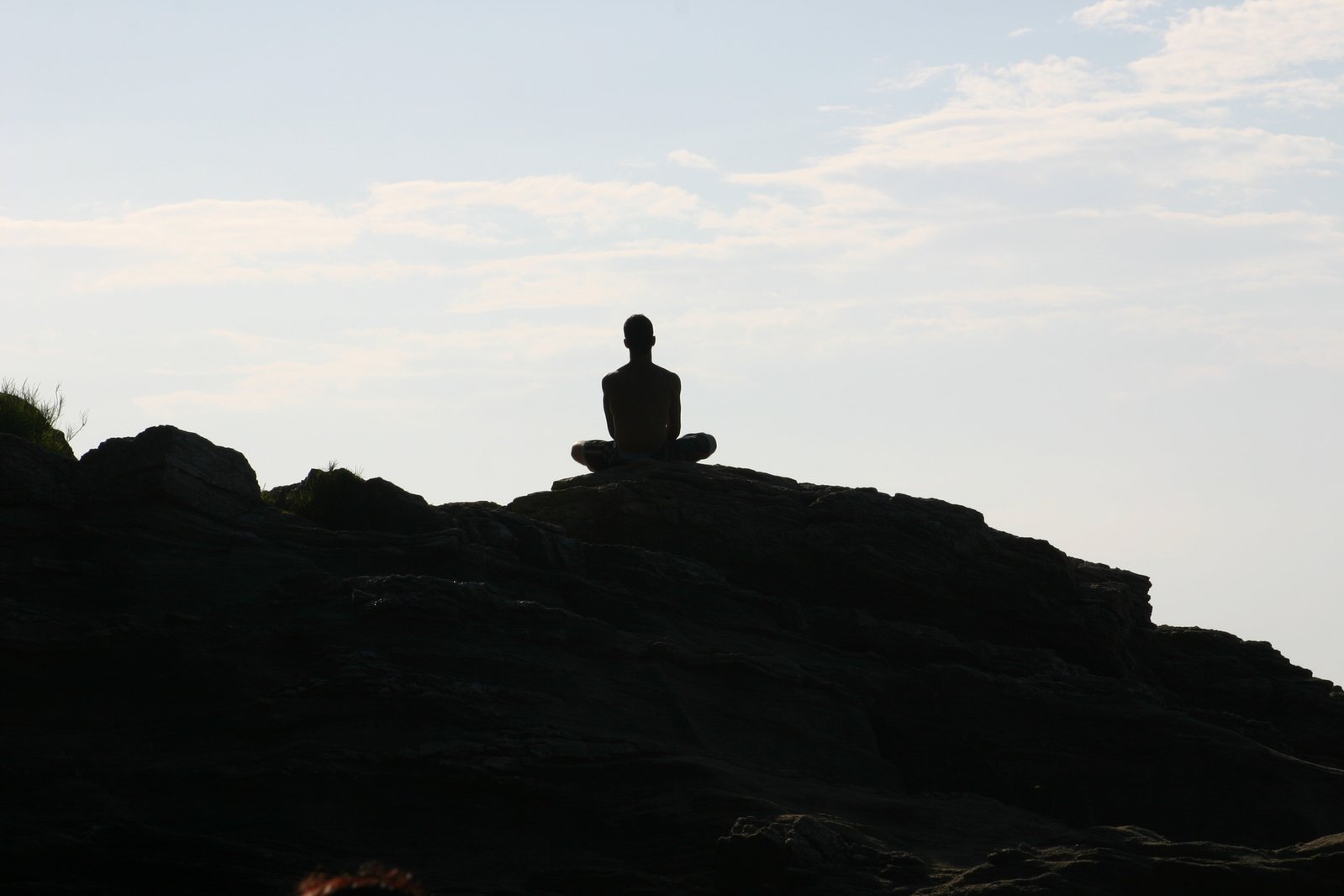The practice of modern meditation helps soothe our minds and acts as stress reliever. By meditating, we become more focused and relaxed. Religious Guru Nichiren (1222 – 1282), who founded a Japanese Buddhist sect, practiced intense meditation for two decades as he investigated the practice that brings about enlightenment.
Nichiren concluded that chanting “Dharma of the Lotus Sutra” (one of the most dominant Mahayana sutras) and regarded as Buddha’s final teaching exceeds meditation in terms of effectiveness. Chanting is a clear-cut manner of revealing an individual’s Buddha nature. The famous teacher thought of meditation as an outdated ancient ritual. Chanting is now the routine for modern times.
Chanting
This custom of repeating chants in Nichiren Buddhism is not a private but an outward practice performed with open eyes. Voice chants focus on the geometric figure that represents the universe in Buddhist and Hindu allegory or imagery. The image is called Mandala or Gohonzon. The objective of chanting is to gain access into creative power, wisdom, and empathy that exists within all human beings. Chanting brings out those enlightened attributes used in daily life. Ultimately, we place our lives in pace with energy.
Practitioners recite about goals as well as concerns. They go out and handle these issues in daily life. Through chanting, we can transform our lives, overcome obstacles, and maximize strengths while walking on the course towards enlightenment. This practice does not take us away from the world. On the contrary, it makes us stronger and more determined to cope with everyday challenges.
Chanting is not meditation. It is not positive thinking. However, chanting acquires the benefits of both traditions. Some gurus say chats are words for a “higher purpose.” Different religions and spiritual beliefs state uttering the name of the godly helps decelerate the thought process and achieve inner peace.
Catholics repeat their prayers (known as the holy rosary) using a string of beads. On the other hand, Asian Buddhists recite verses silently to praise Buddha. In India, chanting alludes to Japa usually using a string of 108 beads (made of wood) like a rosary. The series of words is known as mantra. Japa helps silence never-ending flow of thoughts through our active minds. It gives us the opportunity to get over our problems and pressures for a moment.
When we repeat the name of god, we are able to stay in the present time. Humans who chant regularly are able to deal with life’s adversities even if they are not performing the practice. We all take a closer step toward the divine every time we speak out the heavenly name with genuine love.
Meditation
Meditation is generally defined as an exercise or workout for our minds. The purpose is to stay focused on one object. Our minds represent a potent but subtle human faculty that stimulates individual effort as well as accomplishment. In spiritual manner of speaking, meditation indicates the mind’s absolute immersion into the inner self. The lord Krishna explains the steps required for a successful practice.
The lord is completely responsive to the limitations of disciples. Thus, he expresses the method of this exercise. It begins from the physical posture that entails control over the senses to the mental balance of interests that should be achieved. The body and mind complex must prevail over the natural appeal towards external objects in this universe.
Hindu meditation is considered a way of life or religion. It is practiced particularly in the countries of India and Nepal. With around 1 billion followers, Hinduism has turned out as the largest and oldest religion globally by population. Some scholars and practitioners call it the eternal law or eternal way.
Yoga and meditation are among the most widespread spiritual customs in the modern generation. These came from Hinduism. There are various kinds of meditation based on Hinduism. By reading online articles, we will understand the different mantras and how to practice each one.
Meditation or Chanting
In this day and age, millions of people from all over the world meditate as a psychological technique for reflection, self-improvement, or enhancement of the spirit more than a vehicle for spiritual development. Meditation is also seen as a psychological tool because of its multiple benefits. If we look at the comparison carefully, chanting has greater value to grow spiritually in the modern period.
Meditation with this intention can be more effective if we complement it with the spiritual approach of chanting. Regardless of religion, culture, and country, mediation and chanting can be our tools to attain serenity, self-fulfillment, and happiness.

